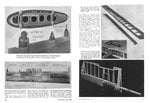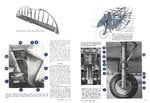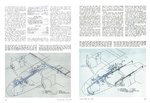MIflyer
1st Lieutenant
Here is a detailed WWII Design Analysis of the B-24.
Attachments
-
 B-24-AvWeek-1CROP.jpg108.3 KB · Views: 550
B-24-AvWeek-1CROP.jpg108.3 KB · Views: 550 -
 B-24-AvWeek-2.jpg162.4 KB · Views: 758
B-24-AvWeek-2.jpg162.4 KB · Views: 758 -
 B-24-AvWeek-3.jpg194.7 KB · Views: 759
B-24-AvWeek-3.jpg194.7 KB · Views: 759 -
 B-24-AvWeek-4.jpg171.2 KB · Views: 803
B-24-AvWeek-4.jpg171.2 KB · Views: 803 -
 B-24-AvWeek-5.jpg258 KB · Views: 538
B-24-AvWeek-5.jpg258 KB · Views: 538 -
 B-24-AvWeek-6.jpg207.4 KB · Views: 467
B-24-AvWeek-6.jpg207.4 KB · Views: 467 -
 B-24-AvWeek-7.jpg189.6 KB · Views: 539
B-24-AvWeek-7.jpg189.6 KB · Views: 539 -
 B-24-AvWeek-8.jpg191.5 KB · Views: 655
B-24-AvWeek-8.jpg191.5 KB · Views: 655 -
 B-24-AvWeek-9.jpg242.9 KB · Views: 504
B-24-AvWeek-9.jpg242.9 KB · Views: 504 -
 B-24-AvWeek-10.jpg184.8 KB · Views: 502
B-24-AvWeek-10.jpg184.8 KB · Views: 502 -
 B-24-AvWeek-11.jpg208.6 KB · Views: 528
B-24-AvWeek-11.jpg208.6 KB · Views: 528 -
 B-24-AvWeek-12.jpg259.8 KB · Views: 464
B-24-AvWeek-12.jpg259.8 KB · Views: 464









